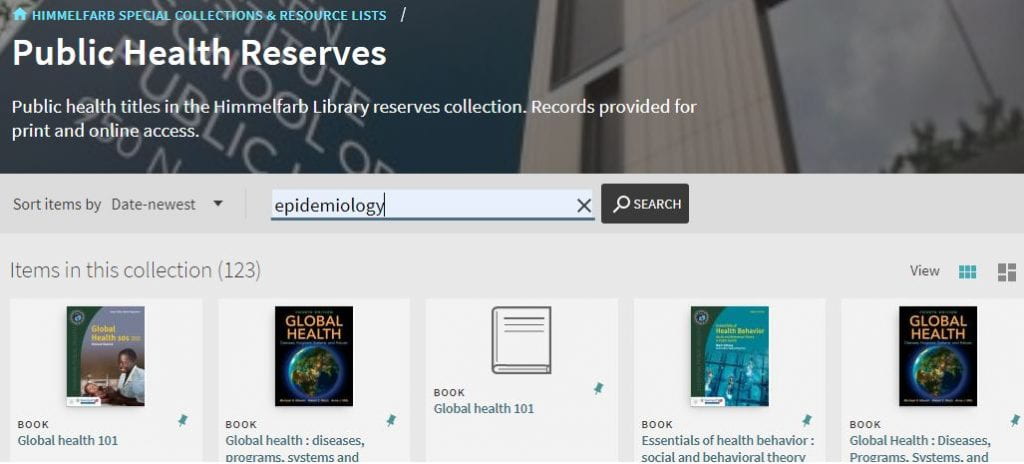
The end of the year is the perfect time for self-reflection and expressing gratitude towards the people, places and moments that made the year special. This year it feels more important than ever to pause and find moments that fill us with a sense of peace and gratitude. When asked what they’re thankful for, the Himmelfarb staff had plenty to say. Here are some of the many responses we are thankful this year:
Friends, Family & Other Amazing Individuals:
- “I am thankful for my beautiful backyard and son who loves to grill. They made it possible to have safe, socially distanced family dinners all summer.”
- “I am thankful that I am in relatively good health and that my family is healthy and we have what we need to make it through these tough times.”
- “Of all the things that transpired in 2020, I am most grateful for the outcomes of my family four immediate members that have looked Covid-19 in the face and come through this scourge. I am also grateful for the arrival of my first great-granddaughter, a glimmer of joy in an otherwise dim year!”
- “I’m grateful for time with my family. My husband and I have two teenagers who are more and more independent, but I’ve loved getting more time with just the four of us.”
- “I’m grateful that everyone in my family is healthy and well, and grateful for the company of my immediate family (including my kitties) who are home with me.”
- “I am grateful for my family. I am grateful for Zoom because my father’s side of the family has been meeting every Friday night since March and it has been so reconnecting, refreshing and energizing for us!”
- “I’m grateful that, everyday, I get to come home to my Sweetie and our tuxedo cats.”
- “I am so thankful for my family, my fantastic boyfriend, and my Himmelfarb coworkers! Also I am very thankful for the wonderful holiday food that is about to come.”
- “I’m grateful to still have my dad, who’s been dealing with a lot of health issues this year, with us and (relatively) healthy.”
- “I’m grateful that I can still connect with friends and family who live in different states.”
- “I am grateful for all the amazing teachers and child-care providers who are willing to hang out with my kids all day at considerable risk to themselves so that I can work. Those people were always fantastic and this year they get even more points for being some of the best humans on the planet.”
- “I am grateful to all my friends! Ever since quarantine I have missed them so much. Staying in contact with them has been so important to my mental health and well-being!”

Self-Fulfillment:
- “I think that one thing that I’m super thankful for during 2020 is that I’ve finally been given permission to thrive as an introvert...I’ve truly embraced the ‘safer at home’ mantra during these past nine months and am grateful that I can embrace my inner introvert and that the pressure to socialize has subsided.”
- “One unifying theme of the various relationships, friends, families, opportunities, etc. I am thankful for this year: connection...While I have found that the transition to remote work and constant screen time has tended toward speeding me up, opportunities to connect with others, with nature, and with myself, keep me from running away.”
- “This year I was able to meet regularly with women who love to write and talk about storytelling. We meet every Saturday from 1-4 pm via Zoom and spend most of our time working on our individual different writing projects. It’s helped me develop my skills as a writer and storyteller. And it’s nice to write with a small group of people who are dedicated to their craft.”
- “I’m grateful for my art classes that transition to a virtual classroom setting and for my watercolor teacher for creating a Facebook group where we can post our paintings and continue to support each other in our art journeys.”
- “I’m also grateful for my garden which has helped to keep me occupied and enjoying time outdoors.”
- “I have a new appreciation for DC’s proximity to national parks and hiking trails. Getting to visit my favorite hiking spots and finding new parks to explore this summer and fall has been great.”
What are you thankful for this year? Who or what made 2020 special for you? However you spend Thanksgiving on Thursday, we hope you continue to stay safe, cherish the time with loved ones and enjoy some excellent food!











